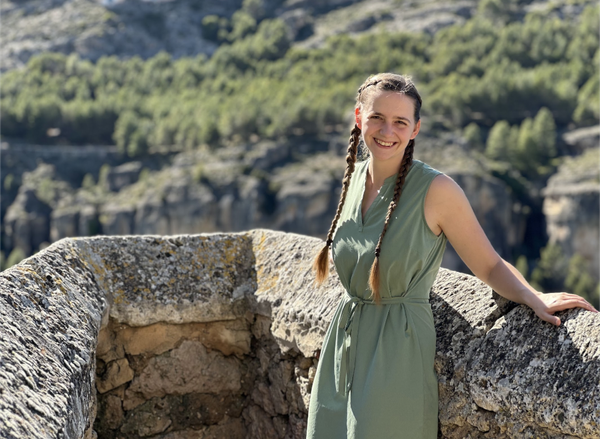On occasion, I have offered to help my twins with their homework. This was marginally feasible in middle school, but by the time they were tackling advanced classes in high school we all knew I could not hold my own. Certainly not in the academics like honors physics, but also in those supposedly softer courses like choral and dance. They read music better than I
do, and are wildly more facile on their feet.
Then they were off to universities in Europe and my capacity to support them was reduced further. Even if I consider myself to be a competent writer, all bets are off in Spanish and French. Still, I offered.
Aurelle recently sent me her thesis, the one about diatopic and diachronic dimensions of languages, both those that are actually spoken and the ones that appear in literature. She
pointed out that 95% of the world's talkers use but 5% of the 7,000 languages that currently exist, though she used fancier words. If somehow we could impose an even distribution of those options, each country would include 38 of them. Wouldn't that be fun?
Clearly, I was out of my league. My mouth fell open as I read her analysis of interlocutors, those who communicate across cultures, borders, and oceans. It all rattled around in my head, at least the parts I
grasped, swirling with the magic of our grandson who is gobbling up vocabulary as only a one-year-old can. This human urge to speak and be heard takes up much of the oxygen in any given room, silent retreats notwithstanding.
Aurelle articulated a spectrum of ways to describe multilingual competence. There are native speakers, heritage speakers, second language learners, second language speakers, polyglots, expert speakers, receptive bilinguals, and active
bilinguals.
Yet even when two people are fluent in the same tongue, we can still find ways to misconstrue each other's meaning. Which is the part that keeps me humble.

